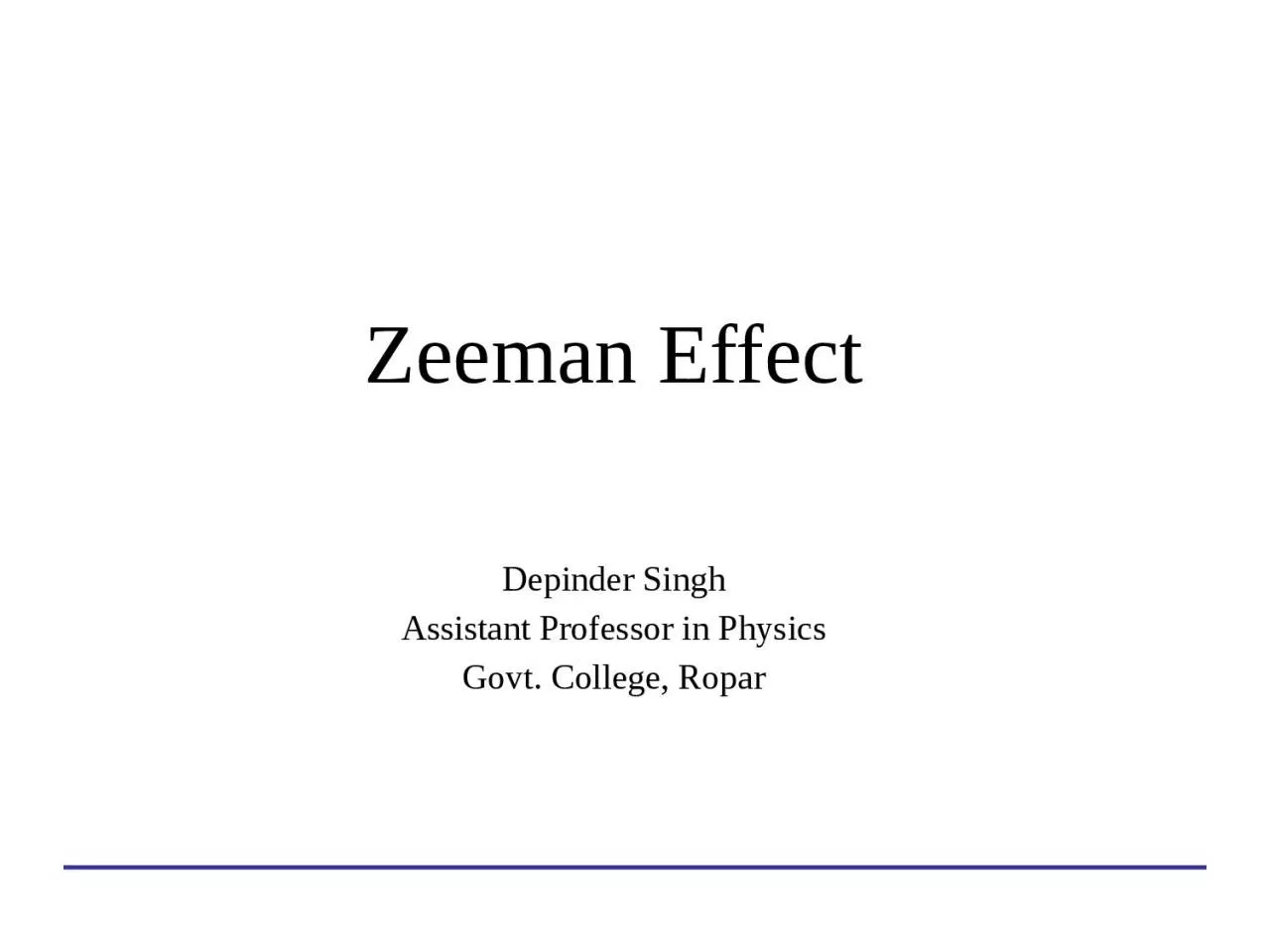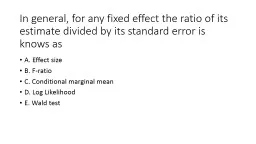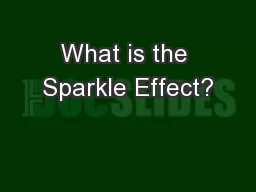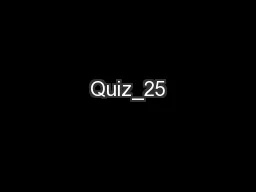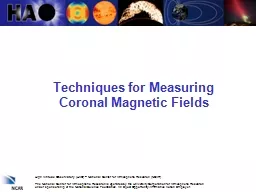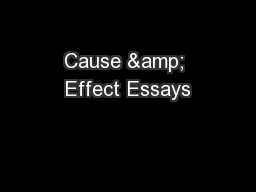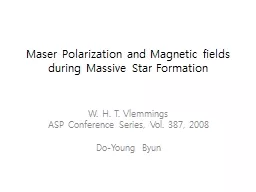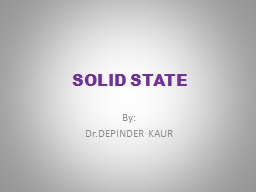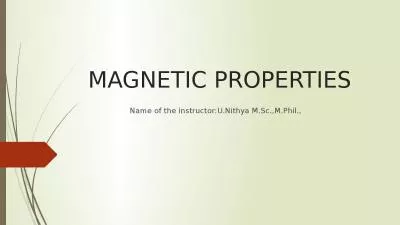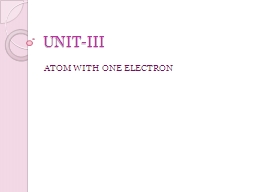PPT-Zeeman Effect Depinder
Author : audrey | Published Date : 2023-12-30
Singh Assistant Professor in Physics Govt College Ropar The Zeeman Effect Atoms in magnetic fields Normal Zeeman effect Anomalous Zeeman effect PY3P05 Zeeman Effect
Presentation Embed Code
Download Presentation
Download Presentation The PPT/PDF document "Zeeman Effect Depinder" is the property of its rightful owner. Permission is granted to download and print the materials on this website for personal, non-commercial use only, and to display it on your personal computer provided you do not modify the materials and that you retain all copyright notices contained in the materials. By downloading content from our website, you accept the terms of this agreement.
Zeeman Effect Depinder: Transcript
Download Rules Of Document
"Zeeman Effect Depinder"The content belongs to its owner. You may download and print it for personal use, without modification, and keep all copyright notices. By downloading, you agree to these terms.
Related Documents

